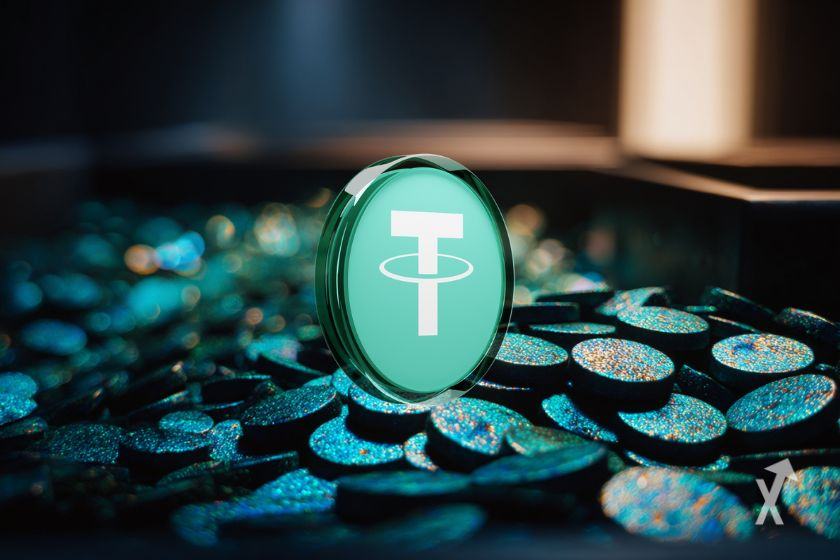Indonesian University Rolls Out On-chain Records At No Cost to Students
Universitas Gadjah Mada (UGM), one of Indonesia’s oldest and largest public research universities, announced Tuesday that it will begin storing student course records on-chain by adopting Space and Time, a decentralized database platform.
Students who complete courses will have their records written directly to the Space and Time network, creating an immutable credential they can share with employers or other schools.
The education framework is intended to help provide “expanded, modernized education access to the unbanked” and give students “a way to prove their educational achievements to any institution or employer in the world,” Scott Dykstra, co-founder and CTO of Space and Time, told Decrypt.
By onboarding students on-chain, Space and Time is hoping its database platform could help students overcome “intermediaries or traditional financial infrastructure” and “come out the other side with a traceable, verifiable record of what they’ve accomplished,” Dykstra said.
UGM‘s rollout for its estimated 60,000 students begins with English proficiency courses as the initial use case for on-chain credentialing, with planned expansions to other courses. The university also announced a new on-campus AI lab using Dreamspace, a tool built on Space and Time, which will provide courses on building and deploying AI applications.
The initiative was introduced following a partnership between Indomobil Group, one of Indonesia’s largest automotive conglomerates, and the Space and Time Foundation, which now oversees the decentralized database network originally developed by MakeInfinite Labs.
Space and Time’s custom chain pulls data from multiple blockchains and distributes it across a validator network, where each query is backed by cryptographic proofs, allowing applications to verify results without relying on a single data source.
Verifiable education
Speaking with Decrypt on Tuesday during the week leading to TOKEN2049 Singapore, a representative for the Space and Time Foundation explained the education program’s components.
The first centers on verifiable education. By placing course completions and diplomas on-chain, students avoid fragmented records across institutions and instead create a single, immutable record that employers or universities beyond the local can confirm.
The second component involves financial access through SXT, the native digital asset of Space and Time. Each student will receive a wallet preloaded with tokens to pay tuition and course fees directly, in a system the company says is designed to reach those without traditional bank accounts. Space and Time confirmed with Decrypt there will be no costs to students.
Still, some scholars caution that the promise of blockchain-based use cases in education comes with risks.
A 2025 ASEAN report on higher education mobility noted that digital credentials can support cross-border recognition of qualifications, but warned that gaps in digital readiness could worsen inequities for students and institutions with fewer resources.
Disclaimer: The content of this article solely reflects the author's opinion and does not represent the platform in any capacity. This article is not intended to serve as a reference for making investment decisions.
You may also like
Three things that must happen for Bitcoin to avoid bear market
A $500 billion valuation giant is emerging
With a valuation comparable to OpenAI and surpassing SpaceX and ByteDance, Tether has attracted significant attention.

Prediction markets meet Tinder: Can you place bets on Warden's new product by simply swiping left or right?
No need for chart analysis, macro research, or even inputting the amount of funds.

Why does bitcoin only rise when the U.S. government reopens?
The US government shutdown has entered its 36th day, leading to a decline in global financial markets. The shutdown has prevented funds from being released from the Treasury General Account (TGA), draining market liquidity and triggering a liquidity crisis. Interbank lending rates have soared, while default rates on commercial real estate and auto loans have risen, increasing systemic risk. The market is divided over future trends: pessimists believe the liquidity shock will persist, while optimists expect a liquidity release after the shutdown ends. Summary generated by Mars AI. The accuracy and completeness of this summary are still being improved as the Mars AI model is updated.

